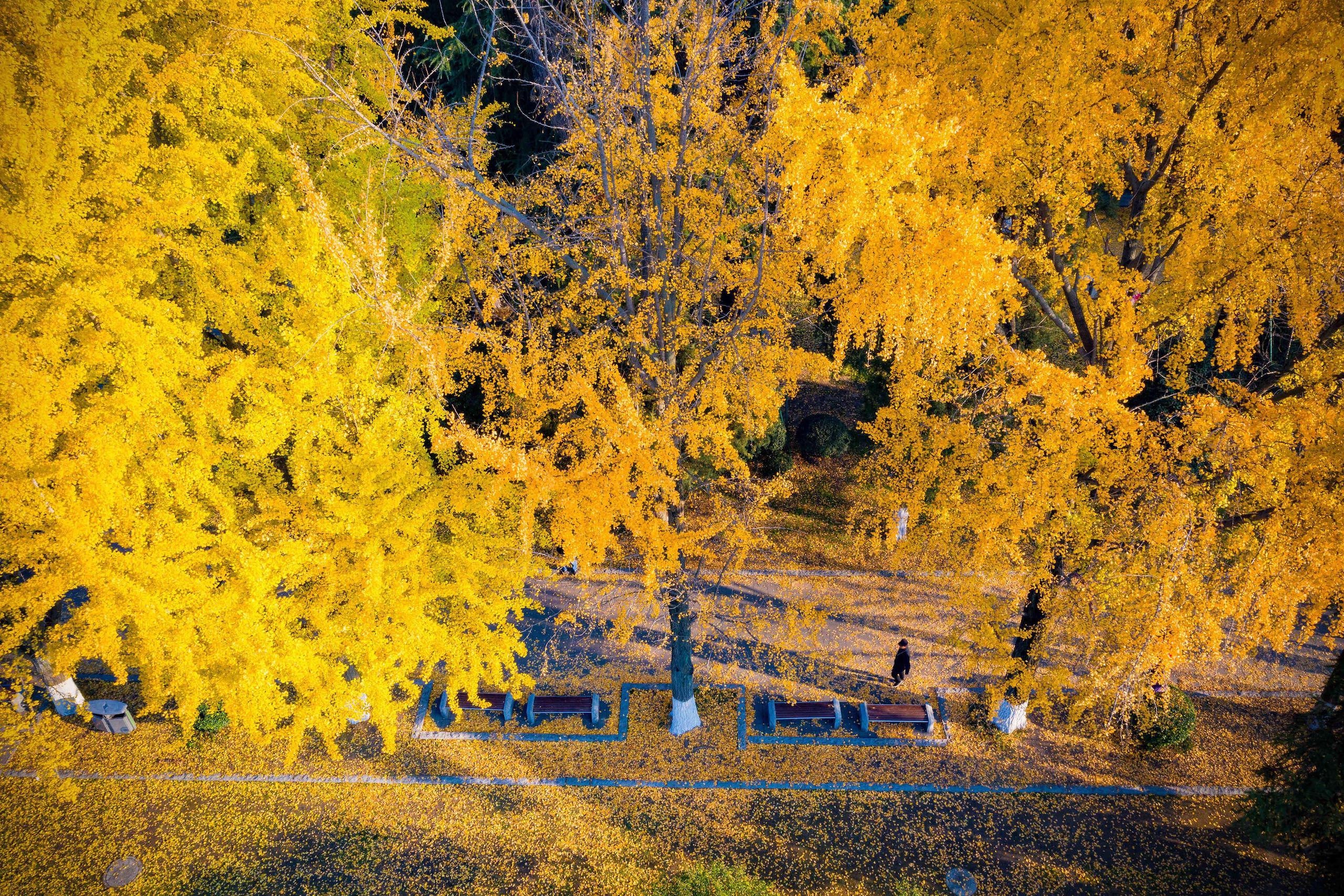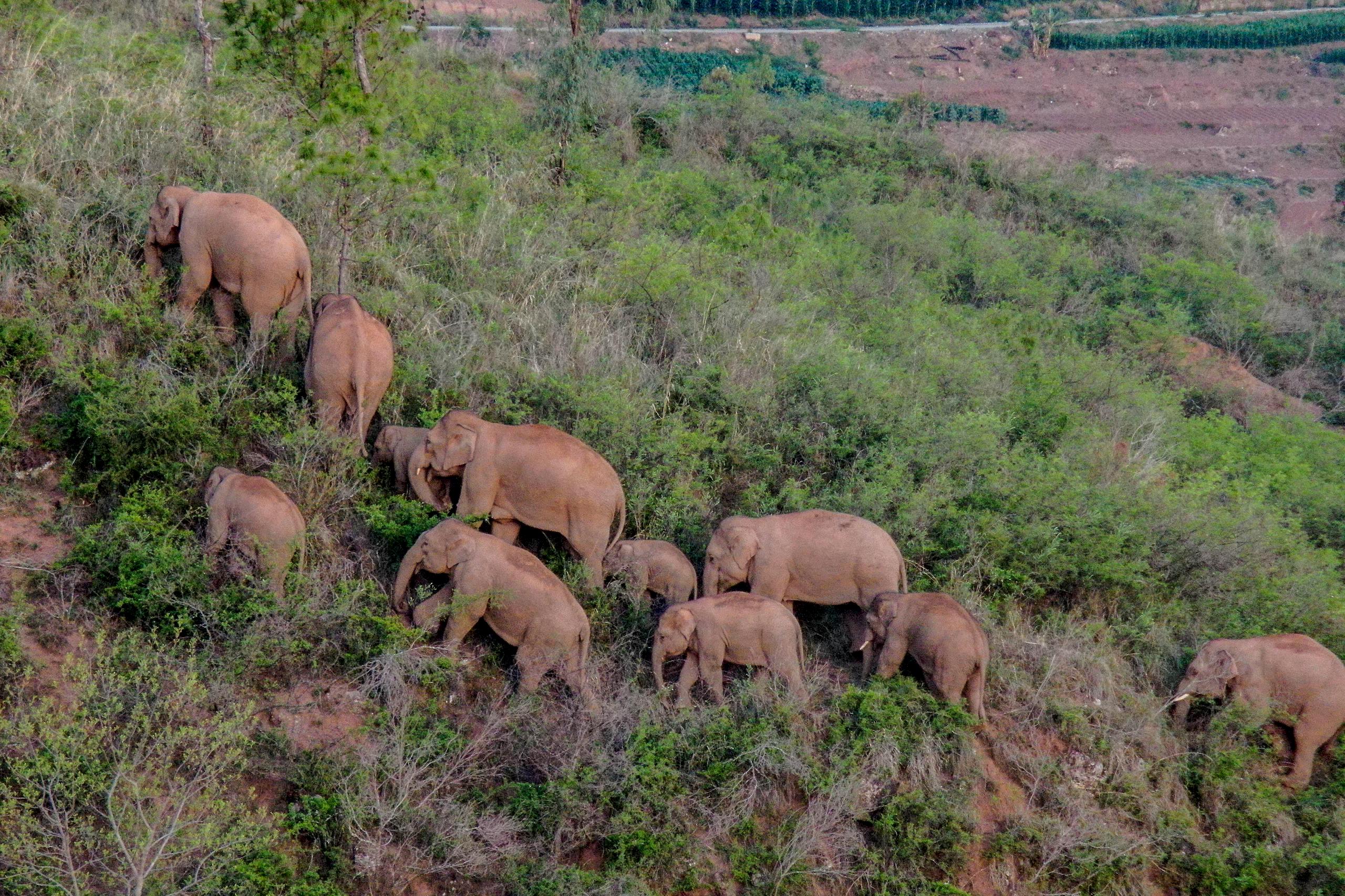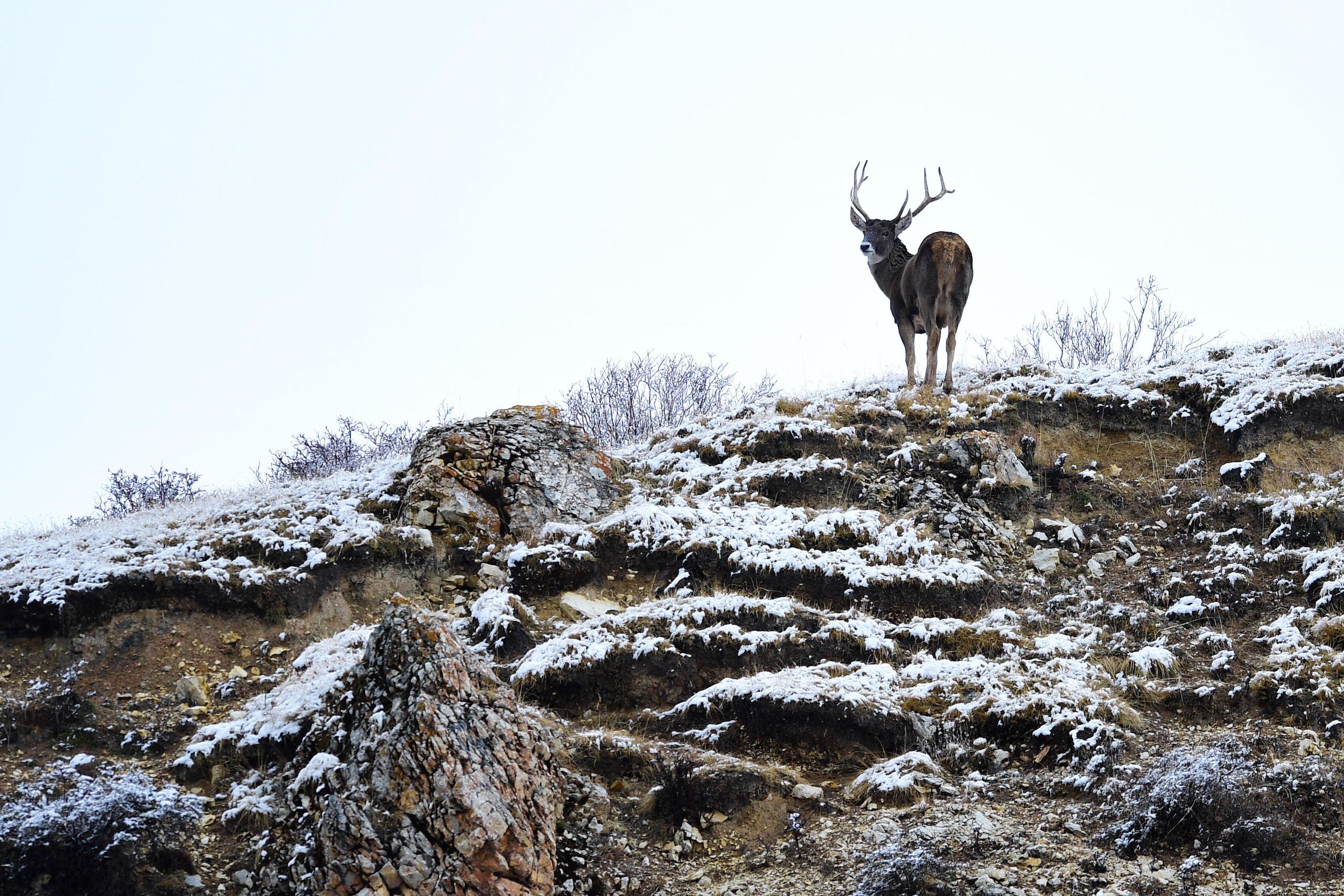Overshadowed by climate issues, China’s biodiversity governance rarely rises to global attention. Yet, during the recently convened first session of COP15, the UN Biodiversity Conference held in Kunming, President Xi Jinping promised to lead the world in “building a shared future for all life on Earth”, based on a vision of an “ecological civilisation”, and using China’s own conservation endeavours as examples. As China strives to tell a positive story of biodiversity conservation at home, has it figured out “China solutions” for conservation governance? Solutions that can face up to the enormous challenges its rapid economic development presents to ecosystems and species?
China is often overlooked as one of the most biologically diverse countries on the planet. Its vast land area, complex topography and several climate zones all contribute to this unique biodiversity. Yet it is also “one of the countries in the world where biodiversity is more threatened”, according to China’s 2018 Sixth National Report on the implementation of the UN Convention on Biological Diversity (CBD). The China species red list, a recent national assessment based on the red list system of the IUCN (International Union for Conservation of Nature), found the extinction risk of China’s vertebrate and higher plant species to be above the global average. About 43% of China’s amphibians are threatened with extinction, compared to a global average of 30.6%; and up to 59% of its 251 native species of gymnosperms (a group of plants including the conifers, cycads and ginkgo) are threatened. Habitat loss and over-exploitation are the most common factors contributing to species endangerment.
A snapshot of China’s species counts and extinction risk such as this does not, however, represent the whole picture of the country’s conservation commitment and efforts. Since its return to the international community in the 1970s, and as one of the first developing countries to verify the CBD in 1993, China has made tremendous strides in tackling environmental degradation and biodiversity loss. In recent years, especially with President Xi aiming to build an “ecological civilisation” as a national priority, China has further ramped up reforms and strengthened regulation enforcement for conservation purposes. Has China successfully upgraded its conservation governance system?

At the heart of its wide-ranging efforts is a sweeping reform to build China’s own national parks and reset its system of protected areas. A close look at this process will help us to better assess the accomplishments and predicaments of China’s ongoing development in conservation governance.
Protected areas
Protected areas are the primary mechanisms supporting biodiversity conservation around the world. China’s modern protected area movement dates back to the 1930s and 1940s, when the government of the Republic of China (ROC) developed an interest in creating national parks. The first batch of protected areas in the country, nature reserves, formed in the mid-1950s under the government of the People’s Republic of China (PRC). Yet it was not until the 1980s that the types, number and sizes of protected areas really started to grow. According to one estimate, in a 2016 book by Yang Rui entitled Papers on National Parks and Protected Areas, over the 35-year period between 1978 and 2013, China’s coverage rates of terrestrial protected areas grew from 0.13% to 17%. Its number of protected areas totalled between 10,000 and 12,000 as of 2017, with nature reserves and scenic areas being the two primary types. Under this system of protected areas, up to 90% of national key protected species and ecosystems are covered for protection.
But positive numbers never tell the whole story. Built upon China’s earlier administrative structure for natural resources, these newly established areas were entrenched in a fragmented bureaucratic system, with overlapping jurisdictions and without effective coordinating mechanisms at the top. Locked in by various administrative regulations in the 1990s, China’s protected areas also deviated from the IUCN’s system that classifies different types of protected areas in terms of their respective management objectives. Unsurprisingly, China’s protected areas struggled to fend off economic encroachment or to effectively manage conservation affairs. Starting from the early 2000s, the government attempted to mend this system through a national legislation, but bureaucratic logjams stymied progress.
A decision in 2012 to roll out a national park system reform was a big surprise to many people, because the IUCN-style national parks it encouraged had only been experimented with at the local level, and were not previously considered as a system-wide solution to China’s protected area problems. The pilot park reform was followed up in 2018 with an unprecedented restructuring on natural resources administration at the State Council level. In a swift act, China placed all nature conservation systems at the top level under a newly created agency – the National Forestry and Grassland Administration – in charge of all protected areas. In strong contrast to the previous fragmentation, this new system embodies an ecosystem-based management philosophy. That is, “mountains, rivers, forests, farmlands, lakes and grasslands are approached as an integrated life community” rather than managed as separated elements.
By 2020, the state had already created ten pilot national parks at some of the country’s most valuable biodiversity sites, with five of these designated as full national parks by President Xi in a speech at COP15 on 12 October 2021. Each park connected previously fragmented conservation areas within its boundaries, experimenting with setting up new technical standards, planning strategies and administrative systems. President Xi proudly announced that “over time, areas with the greatest importance to the natural ecosystem, and with the most unique natural landscapes, the most valuable natural heritage and the greatest biodiversity reserve will be included in the national parks system.”
A new era of conservation governance?
The ongoing national park and protected area reform gives China a chance to reset its entire conservation system and solve some deeply rooted, perennial institutional problems. The government agencies in charge of the reform, initially the National Development and Reform Commission (NDRC) and later the National Forestry and Grassland Administration (NFGA), have laid out blueprints to achieve a streamlined and advanced protected area system with national parks as a mainstay. The protected area reform on the ground, however, seems to be slow moving, and the effects on conservation are not immediately manifest.
A reform with such high stakes naturally needs to take a long-term view. And the Covid-19 pandemic has been a big distraction. Nevertheless, similar to other ambitious conservation reforms, there are factors at play which will have a strong bearing on how the reform continues to unfold. First of all, the party’s aspiration to achieve an “ecological civilisation” provides the initial momentum to overcome the bureaucratic and economic resistance. Without robust public pressure, will this political momentum be able to sustain itself in the longer term? After all, even in the eyes of China’s conservation policy community, the national park reform was a top-level institutional design that “the public won’t be able to grasp due to the high complexity of science and policy,” as one Chinese conservation expert put it to me, echoing others.
Related to this, China’s conservation governance – including the protected area reforms – has taken on extensive expert consultation in the decision making. This can be good and bad, and sometimes ugly. China’s protected area reform has long been advocated by the biodiversity conservation community. However, many experts are embedded in government and some only push the reform agenda for the interests of their own department. Besides, expert advocacy is less effective without media and public support.
On a different front, the protected area reform has not made much headway in improving the enforcement of regulation. The current system leans on a top-down inspection system that often has to resort to blunt-force measures that are arbitrary and costly, such as the 2018 demolition of more than 1,200 illegally built villas in the ecologically sensitive northern slope of the Qinling mountain range in Shaanxi province.

A high-profile national park reform and a biodiversity summit like COP15 are great opportunities to raise public awareness and shore up support for conservation reforms. Public awareness was also recently piqued when a group of wild Asian elephants left their habitat in southern Yunnan and bizarrely migrated northward, a couple of months prior to Kunming COP15 – as if to volunteer themselves for national conversations. A healthy discussion would want to look into how encroachment and fragmentation of their habitat happened, despite many conservation efforts and great sacrifices made by local communities. Yet such sobering expert opinion was somewhat drowned out by portrayals of a cheerful success story about elephant numbers recovering.
China’s remaining wild elephants will likely get well protected in the future, given all the attention they have raised. There is also rising talk about setting up an Asian elephant national park in Yunnan. However, while a mammal as giant as an elephant might be capable of making its existential crisis known, many other species may simply disappear. As China’s species red list highlighted, among 11 critically endangered reptile species that are endemic to China, only the charismatic Chinese alligator attracted sufficient attention for protection.
If China wants to achieve its vision to build a world in which humans and nature co-exist in harmony, it will need to start to address the elephant in the room in its conservation governance reforms.








